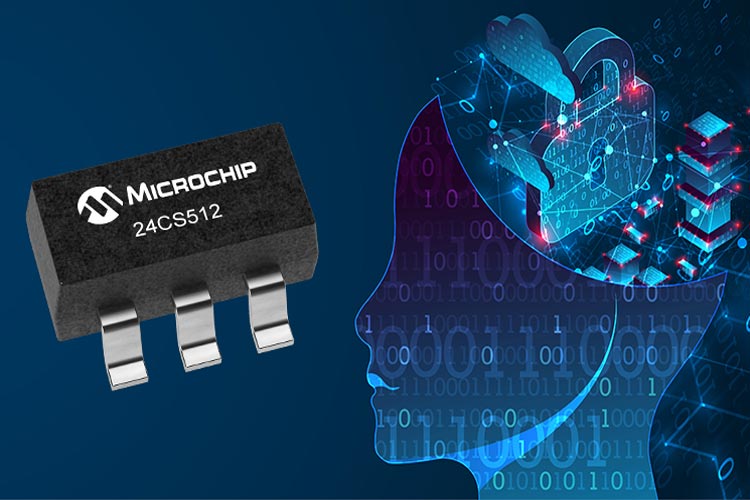

Reports have been made on this forum of defeating the hardware memory protection of the AT90S series of AVRs, and the speculation was that it would only be a matter of time before the ATmegas were defeated too. Also, I don't think that the technique is very widely known. This seems to require quite a bit more effort than the casual hacker would be inclined to invest in the operation. Note, though, that there are apparently techniques to defeat the memory protection bits, and read back the chip's contents even with the memory protection enabled. For a typical user, clearing (programming) LB1 and LB2 should make it impossible to read and/or write the EEPROM or Flash without performing a complete chip erase - combine this with setting (unprogramming) the EESAVE fuse, and you should make the EEPROM un-readable from ISP mode, and un-writable unless you intend to re-program the entire chip, Flash and all. In High Voltage / ISP programming modes, you can try configuring the memory protection lock bits to lock out read//write access to the entire EEPROM and Flash. If you wamt to make parts of the EEPROM programmable from the outside world, then provide a scheme for supplying addresses and values via communication through the UART. In software, you can implement as much or as little EEPROM memory protection as you like - eliminate the possibility of buffer overruns, etc.


 0 kommentar(er)
0 kommentar(er)
